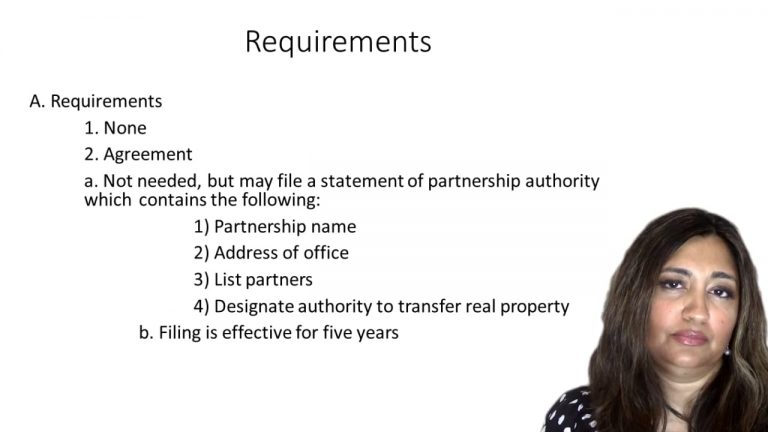SmartBrief
Confirm favorite deletion?
Corporations Keyed to Hazen
Lincoln Stores, Inc. v. Grant
Citation:
34 N.E.2d 704 (Mass. 1941)Facts
The plaintiff for several years had operated stores in fourteen cities. Grant was a director of the company. In 1932, four of the officers including Grant and Martin discussed the availability of exercising the option by leasing one of the two stores. But the company’s officers did not consider the acquisition of more space. In April, 1937, a real estate broker in New York informed Grant that the capital stock of the Reid & Hughes store in Norwich was for sale. Grant immediately sent this information with the proposed terms of sale to Martin. On April 27 Grant, Martin and Haley agreed to go forward with its purchase. Haley was to resign from the plaintiff’s employ and go to Norwich to take charge of the Reid & Hughes store. On June 7, Grant and Martin attended a meeting of the company’s directors at which they were both discharged from their positions. Grant denied that he was connected with the Reid & Hughes store,and Martin said that he would not deny that he was.
Only StudyBuddy Pro offers the complete Case Brief Anatomy*
Access the most important case brief elements for optimal case understanding.
*Case Brief Anatomy includes: Brief Prologue, Complete Case Brief, Brief Epilogue
- The Brief Prologue provides necessary case brief introductory information and includes:
Topic:
Identifies the topic of law and where this case fits within your course outline.Parties:
Identifies the cast of characters involved in the case.Procedural Posture & History:
Shares the case history with how lower courts have ruled on the matter.Case Key Terms, Acts, Doctrines, etc.:
A case specific Legal Term Dictionary.Case Doctrines, Acts, Statutes, Amendments and Treatises:
Identifies and Defines Legal Authority used in this case.
- The Case Brief is the complete case summarized and authored in the traditional Law School I.R.A.C. format. The Pro case brief includes:
Brief Facts:
A Synopsis of the Facts of the case.Rule of Law:
Identifies the Legal Principle the Court used in deciding the case.Facts:
What are the factual circumstances that gave rise to the civil or criminal case? What is the relationship of the Parties that are involved in the case.Issue(s):
Lists the Questions of Law that are raised by the Facts of the case.Holding:
Shares the Court's answer to the legal questions raised in the issue.Concurring / Dissenting Opinions:
Includes valuable concurring or dissenting opinions and their key points.Reasoning and Analysis:
Identifies the chain of argument(s) which led the judges to rule as they did.
- The Brief Prologue closes the case brief with important forward-looking discussion and includes:
Policy:
Identifies the Policy if any that has been established by the case.Court Direction:
Shares where the Court went from here for this case.
Topic Resources

 2m 27s
2m 27s